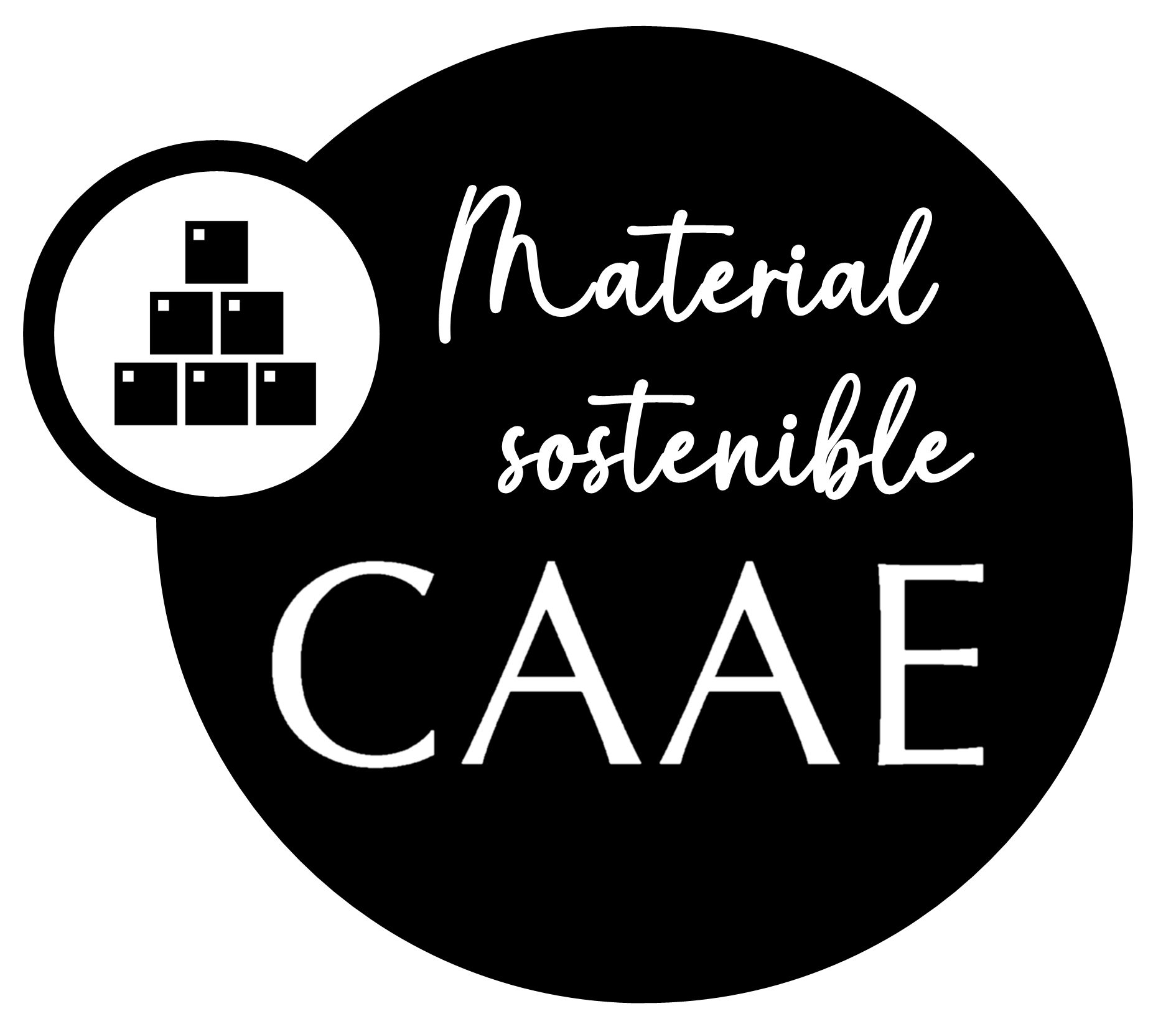Frequently asked questions
Is there anything you are unsure about? These are the questions that customers most often ask about our handmade products.
Are todobarro tiles suitable for fireplaces?
Tiles produced by todobarro (antique terracotta, high temperature terracotta and zellige) are not suitable for use in ovens, grills and fireplaces.
Direct contact of todobarro tiles with fire must be avoided.
Can I combine tiles of different finishes?
Our terracotta finishes and our glaze colors are perfectly combinable.
You must take into account that when combining pieces with different shades, there may be a difference in shrinkage depending on the color of the clay. A consequence of this difference in shrinkage is that in order to fit the different tiles, you will have to distribute the joint, which may exceed 5 mm.
Does fired clay provide acoustic insulation?
Clay lining can improve the acoustic conditions of a room, but those really depend on the whole constructive set.
The acoustic insulation of a room depends on the mass present in the constructive set. So installing a clay lining can improve this quality, but it must be taken into account that it depends on the set of elements and materials that make up a construction.
Can a clay flooring be installed on underfloor heating?
Fired clay is the perfect material to install on underfloor heating. It has bioclimatic capacity and high thermal inertia, which allows it to accumulate heat very quickly and release it little by little. In this way, we can increase the efficiency of the underfloor heating and temper the rooms with less energy consumption.
CE marking for handmade clay
The regulations that apply and define the CE Marking are restricted to “ceramic tiles manufactured by means of extrusion and dry pressing” so our products, which are completely handmade, cannot be subject to said regulation.
Even so, from todobarro we provide at all times the technical sheets and descriptions necessary to test the quality and performance of our material. As well as a binding declaration of performance that technically exposes the results of the different tests carried out on our products.
Can I use glazed tiles for kitchen countertops?
Our glazed tiles are not intended for food handling use. So their installation as countertops must be aware of this factor, that is: always use the appropriate utensils to deposit and handle food, in addition to properly cleaning those that are deposited on the countertop before consuming them.
Are clay tiles slippery?
All of our unglazed tiles comply with the highest category of slipperiness standards (according to CTE-DB SUA 1). Ceramic tiles fully meet category C3.
In the case of glazed clay, it is necessary to apply targeted solutions to reduce slipperiness. By modifying the composition of the varnish we reduce its silkiness, but we can achieve the degree of grip that the client requires.
Are the products protected upon delivery?
Our artisanal terracotta products are NOT protected upon delivery.
We recommend that once you have installed the material, you leave it to dry for 25–30 days so that all of the moisture can evaporate from the construction materials, mortar and the pieces of terracotta. You may walk on the floor while it is drying (keeping in mind that it is a porous material), and you can even work intensely on it, provided that it is adequately protected by cardboard or tarpaulin, which should then be removed at the end of the working day. Avoid plastic, as this does not allow for transpiration.
The evaporation process may result in whitish stains (saltpeter or lime) which can be easily
removed by cleaning with an appropriate anti-saltpeter product.
Is fired clay resistant to frost?
We do not recommend installing our tiles outdoors in frost. Although the frost resistance of our products has been lab tested, verifying that the tiles satisfactorily meets the performance established by current regulations. This is a minimum requirement, but not enough to ensure the durability of fired clay tiles against the frost.
The UNE-EN ISO 10545-12 standard: Ceramic tiles. Determination of resistance to frost includes the test method to determine the behavior of a tile against freezing / thawing cycles. The results show that the material satisfactorily meets the requirements established by the regulations, as no damage was found in any of the parts tested after 100 freeze / thaw cycles.
That said, a good reference is to consider whether fired clay is a material that is usually used in the area where it is intended to be installed, since it is the best test of how the material will respond over time to the weather conditions of that area location.
Here we leave you the technical sheets of our materials.
Antique or Tradicional Finish?
Antique and traditional are the two finishes that we offer for our artisanal terracotta.
Traditional. This is the finish that the piece has when it comes out of the oven. Typical characteristics of this finish:
- The piece can only be used on one side.
- The edges and corners of the tiles and glazed ceramic azulejos are straighter.
Antique.A double process is used to age the pieces so that they take on the appearance of reclaimed terracotta with an older and more distressed-looking finish.
- Can be used on both sides. This makes it possible to play around and experiment by increasing or reducing tonal variation in the overall surface.
- The edges and corners are rounded, and the faces are smoothened by the aging process. The pieces take on a more velvety feel.
- The aging process causes weaker pieces to break and thus get discarded, meaning that the final product is more robust and resistant.
For more information, download our informative brochure Antique vs. Traditional
How soon will I receive my order?
As we offer (and our clients request) a significant degree of personalization, we do not hold our
products in stock but rather produce them to order.
Our material is an artisanal product that is produced by hand and fired in an Arabic oven. This
means a manufacturing process of:
- 40–45 days for artisanal terracotta.
- 50-60 days for glazed terracotta.
During this time, the material goes through the following processes:
- Casting of the pieces.
- Air-drying. It is through this process that the pieces acquire the necessary rigidity and stiffness to be fired in the oven. The duration of this step can end up being longer or shorter depending on the prevailing weather conditions.
- Firing in an Arabic or Nasrid-style oven. This is a process whereby the pieces are fired at
gradually increasing temperatures and then subsequently cooled. - Aging process. The pieces undergo a wearing process to acquire our Antique texture.
- Finally, the pieces are palletized and transported to our clients. Delivery times will depend on your geographic location. This might be one day if you are based in the local area or several
weeks if the order has to be transported across international borders.
As with any artisanal process, the production times indicated are only an estimate and may
vary depending on weather conditions, which are beyond our control.
Could I use todobarro on my salt chlorination pool?
The constant contact with salt may affect terracotta tiles. The continuous supply of salts causes them to deposit on the surface layers of the tiles, forming efflorescence. This kind of deposits can be very harmful for terracotta tiles since they can cause the superficial disintegration of the pieces.
We do not advise installing terracotta as crowning of saline pools. However, if you still wish to use it, the effects can be minimized by applying water-repellent products such as Mitrol.
If you cannot find an answer to your question in our FAQ, you are welcome to get in touch with us via our contact form.




